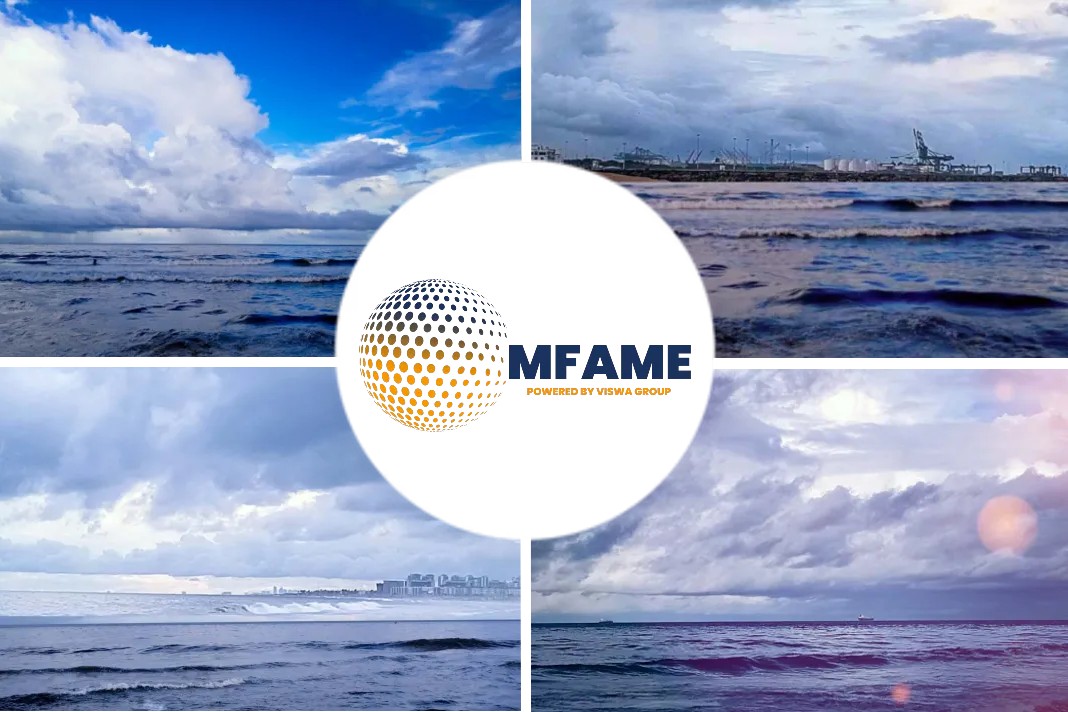International Maritime Organization (IMO) ‘s Sub-Committee on Ship Design and Construction (SDC 7), meeting at IMO Headquarters (3-7 February), is expected to finalize a comprehensive set of interim guidelines on second generation intact stability criteria, reports Safety4sea.
The criteria includes guidelines on vulnerability criteria, direct stability failure assessment and operational measures.
Guidelines for trial
According to the UN body the aim is to produce a set of guidelines for trial use. The session will also further develop associated explanatory notes.
The Sub-Committee is also set to finalize draft amendments to the Revised Explanatory Notes to SOLAS chapter II-1 subdivision and damage stability regulations.
For a ship to be considered seaworthy and safe it must be designed to remain stable and afloat in all conditions, whether intact or damaged.
Second generation Intact Stability
Mandatory criteria and recommended provisions regarding intact stability are set out in IMO’s 2008 Intact Stability (IS) Code. Now, advanced computer technology is enabling so-called “second generation” intact stability criteria to be developed, for a comprehensive safety assessment of ship dynamics in waves.
Among other agenda items, the meeting is expected to finalize a draft new SOLAS chapter XV and a new draft International Code of Safety for Ships Carrying Industrial Personnel (IP Code).
The Code will supplement existing IMO instruments, in order to facilitate safe carriage and safe transfer for industrial personnel employed in the offshore and energy sectors, such as for the construction, maintenance, decommissioning, operation or servicing of offshore facilities.
Safety recommendations
Safety recommendations for non-SOLAS ships operating in Polar waters, not currently covered by the Polar Code, are also on the agenda.
The Sub-Committee will consider two sets of draft recommendations: for pleasure yachts above 300 gross tonnage not engaged in trade, operating in polar waters; and for safety measures for fishing vessels of 24 m in length and over.
The latter will supplement the 2012 Cape Town Agreement, which will bring in a global regime of safety standards for fishing vessels when it comes into force.
Did you subscribe to our daily newsletter?
It’s Free! Click here to Subscribe!
Source: Safety4sea
















